Related Research Articles
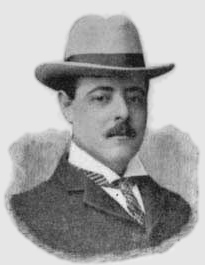
Ernest Joseph Bellocq was an American professional photographer who worked in New Orleans during the early 20th century. Bellocq is remembered for his haunting photographs of the prostitutes of Storyville, New Orleans' legalized red-light district. These have inspired novels, poems and films.
Bill Brandt was a British photographer and photojournalist. Born in Germany, Brandt moved to England, where he became known for his images of British society for such magazines as Lilliput and Picture Post; later he made distorted nudes, portraits of famous artists and landscapes. He is widely considered to be one of the most important British photographers of the 20th century.

The American Civil War was the most widely covered conflict of the 19th century. The images would provide posterity with a comprehensive visual record of the war and its leading figures, and make a powerful impression on the populace. Something not generally known by the public is the fact that roughly 70% of the war's documentary photography was captured by the twin lenses of a stereo camera. The American Civil War was the first war in history whose intimate reality would be brought home to the public, not only in newspaper depictions, album cards and cartes-de-visite, but in a popular new 3D format called a "stereograph," "stereocard" or "stereoview." Millions of these cards were produced and purchased by a public eager to experience the nature of warfare in a whole new way.

Roger Fenton was a British photographer, noted as one of the first war photographers.

Henry Peach Robinson was an English pictorialist photographer best known for his pioneering combination printing - joining multiple negatives or prints to form a single image; an early example of photomontage. He engaged in contemporary debates in the photographic press and associations about the legitimacy of 'art photography' and in particular the combining of separate images into one.

Samuel Bourne was a British photographer known for his prolific seven years' work in India, from 1863 to 1870. Together with Charles Shepherd, he set up Bourne & Shepherd first in Shimla in 1863 and later in Kolkata (Calcutta); the company closed in June 2016.

Francis Bedford was one of England's most prominent landscape photographers and the first to accompany a royal tour.
John Brian Brake was a photographer from New Zealand. He is best known for his 1955 photographs of Pablo Picasso at a bullfight, his 1957 and 1959 series of China, and his 1960 Monsoon series of India.

Laura Gilpin was an American photographer.
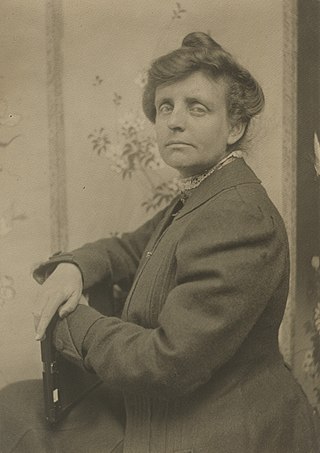
Frances Benjamin Johnston was an American photographer and photojournalist whose career lasted for almost half a century. She is most known for her portraits, images of southern architecture, and various photographic series featuring African Americans and Native Americans at the turn of the twentieth century.

Adolfo Farsari was an Italian photographer based in Yokohama, Japan. His studio, the last notable foreign-owned studio in Japan, was one of the country's largest and most prolific commercial photographic firms. Largely due to Farsari's exacting technical standards and his entrepreneurial abilities, it had a significant influence on the development of photography in Japan.
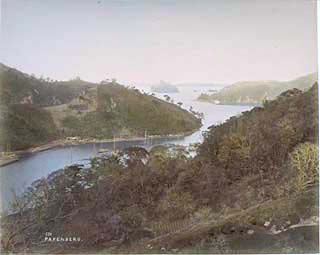
The firm of Stillfried & Andersen, also known as the Japan Photographic Association, was a photographic studio founded by Baron Raimund von Stillfried and Hermann Andersen that operated in Yokohama, Japan between 1876 and 1885. The studio is noted for its portraits and landscapes that were often hand-coloured and presented in bound albums. The firm also produced photographic prints from negatives by Felice Beato.
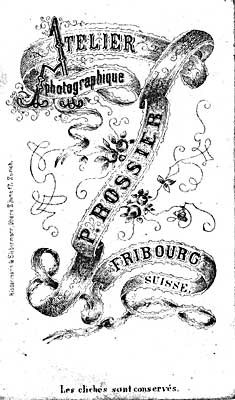
Pierre Joseph Rossier was a pioneering Swiss photographer whose albumen photographs, which include stereographs and cartes-de-visite, comprise portraits, cityscapes, and landscapes. He was commissioned by the London firm of Negretti and Zambra to travel to Asia and document the progress of the Anglo-French troops in the Second Opium War and, although he failed to join that military expedition, he remained in Asia for several years, producing the first commercial photographs of China, the Philippines, Japan and Siam. He was the first professional photographer in Japan, where he trained Ueno Hikoma, Maeda Genzō, Horie Kuwajirō, as well as lesser known members of the first generation of Japanese photographers. In Switzerland he established photographic studios in Fribourg and Einsiedeln, and he also produced images elsewhere in the country. Rossier is an important figure in the early history of photography not only because of his own images, but also because of the critical impact of his teaching in the early days of Japanese photography.
Laurence Geoffrey Aberhart is a New Zealand photographer.

George A. Tice is an American photographer. His work depicts a broad range of American life, landscape, and urban environment, mostly photographed in his native New Jersey. He has lived all his life in New Jersey, except for his service in the U.S. Navy, a brief period in California, a fellowship in the United Kingdom, and summer workshops in Maine, where he taught at the Maine Photographic Workshops, now the Maine Media Workshops.
Alma Ruth Lavenson was an American photographer active in the 1920s and 1930s, who was born in San Francisco and died in Piedmont, California. She worked with and was a close friend of Ansel Adams, Imogen Cunningham, Edward Weston and other photographic masters of the period.

Robert Howlett was a British pioneering photographer whose pictures are widely exhibited in major galleries. Howlett produced portraits of Crimean War heroes, genre scenes and landscapes. His photographs include the iconic picture of Isambard Kingdom Brunel which was part of a commission by the London-based weekly newspaper Illustrated Times to document the construction of the world's largest steamship, the SS Great Eastern.

Eunice Harriett "Una" Garlick was a New Zealand photographer, known for her pictorialism style--a movement stressing photography's role as art. Her subject matter was mainly concerned with landscapes and Māori studies. Her most notable work is a series of portraits depicting Maori women.
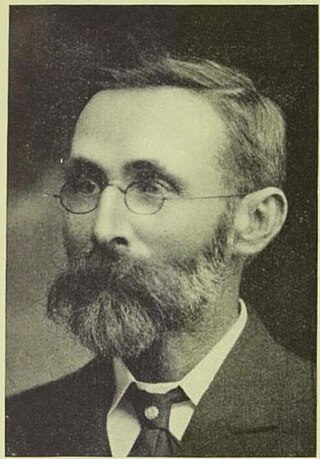
Henry King was an English-born Australian photographer, known for his studies of Australian Aboriginal people and his views of Sydney. King was one of Australia's most significant early photographers, described by the Australian Photographic Review as "stand[ing] high in the esteem of the craft".
A. J. Meek is an American photographer, teacher, and writer. Meek is known for his selenium toned silver gelatin contact prints made with an 8 x 20 banquet camera of landscapes in Louisiana and the American West and for images that are a balance between the documentary tradition and the fine arts.
References
- 1 2 3 4 5 6 Main, William (30 October 2012). "Daniel Louis Mundy". Te Ara - the Encyclopedia of New Zealand. Dictionary of New Zealand Biography. Retrieved 17 June 2016.
- 1 2 3 4 5 6 Mitchell, Lissa (2009). "Promotional landscapes: D.L. Mundy's 'Photographic experiences in New Zealand'". Tuhinga (20).
- ↑ Lord, Russell (2018). Looking Again: Photography at the New Orleans Museum of Art. New York: Aperture and New Orleans Museum of Art. p. 50. ISBN 978-1597114424.